The Discursive Construction of Mexican in Textbooks in Contrast to the Narratives of Their Readers
Institutional Discourse in Crisis?
DOI:
https://doi.org/10.36950/2024.41.14Keywords:
Mexican identity, textbooks, Mexico, Critical Discourse Studies, Cognitive LinguisticsAbstract
The aim of this contribution is to present some of the findings from a broader research project (García Agüero 2021). Specifically, the discussion will cover, on one hand, the discursive strategies employed to create the idealized notion of Mexican within a generation of textbooks for first-grade children (1993-2008); on the other hand, it seeks to demonstrate that the nationalist discourse the government intended to instill did not permeate the minds of these children, suggesting that it could be considered a discourse in crisis. This work is situated within the framework of Critical Discourse Studies from a cognitive perspective (Hart 2010). For the multimodal analysis of the manuals, resources from social semiotics (Kress & van Leeuwen 2006) and cognitive linguistics (Lakoff 1987; Fillmore 2006; Langacker 1987) are utilized. For the analysis of spoken discourse, reliance is placed on narrative analysis (De Fina 2006, 2009; Wortham 2001).
Downloads
Published
Issue
Section
License
Copyright (c) 2024 Alba N. García Agüero

This work is licensed under a Creative Commons Attribution 4.0 International License.


